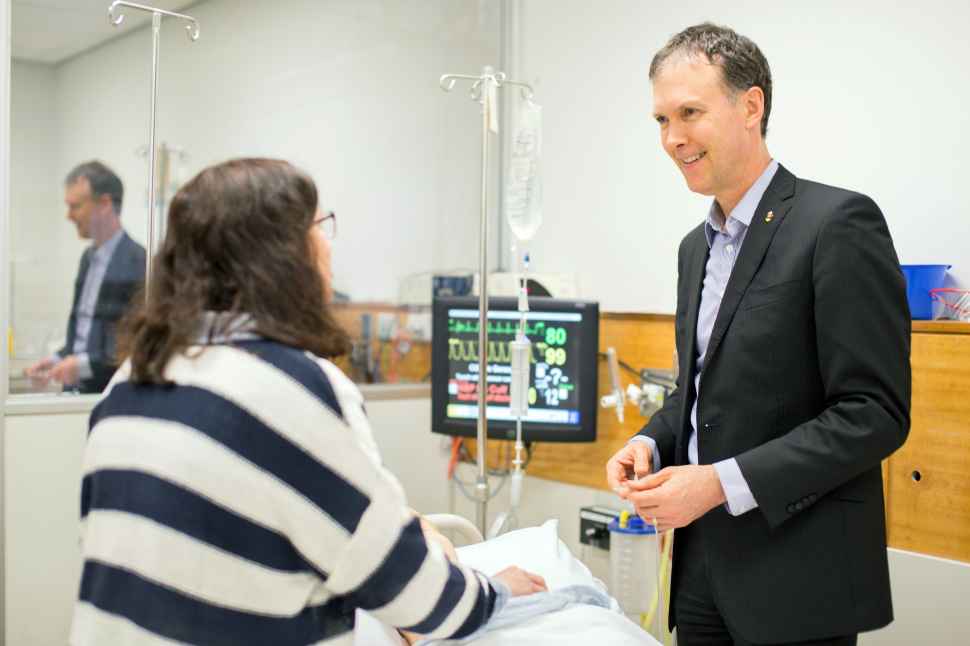Upending the status quo
In the early 90s, frustrated with the training for medical professionals being limited to major hospitals, Paul Worley banded together with a group of like-minded rural medicos to lobby the Federal Government for change – and won.
“I was totally frustrated that medical schools were not training people to work in every part of the health system and after the Government agreed to change, I put my hand up to be part of the solution,” Professor Worley said.
He cemented his commitment by taking up a lectureship in rural health at Flinders in 1994. In 2001, he was appointed Professor and Director at the Flinders University Rural Clinical School, and in 2007 was appointed Dean of the School of Medicine.
Professor Worley contends there has been a revolution in medical education, with doctors now trained across the entire health system, and that Flinders has been at the forefront of that change.
“For the first time students can undertake their entire medical education in the Northern Territory or they can choose to complete half their course in rural South Australia. Those options influence career choices, and also ensure graduates cover the entire range of medical options that communities need – creating the medical workforce that Australia needs,” he said.
Flinders’ teaching model and, in some cases, the entire curriculum has been replicated in three other universities in Australia and numerous countries around the world.
“Flinders was the first place in Australia where a medical school was built in the same building as a hospital, and that principle of having research, teaching and clinical practice all benefitting each other is central to our ethos wherever we now teach,” Professor Worley said.
Professor Worley’s personal contribution was recognised in 2015 with his election as a Fellow of the Australian Academy of Health and Medical Sciences.









